Beverages are liquids that humans consume to satisfy their thirst, stay hydrated, absorb energy and nutrients, and promote pleasure. Beverages also play other important roles, such as fostering social interactions and complementing meals.
Drinks and beverages often overlap significantly, so they are often interchangeable in most contexts. Basically, beverages are any drinks other than drinking water, but there are still some subtle differences between the two.
Continue reading to discover many fascinating facts about beverages, starting with the 100 most popular beverages in the world. Next, I will provide you with interactive filters to help you navigate the content about beverages on my website more easily.
After that, you will learn about the characteristics of beverages in general, followed by two major categories of beverages and how they are organized into sub-categories.
Then, I will show you an overview of countries with the highest beer, wine, and coffee consumption per person rates in the world.
If you are wondering about how beverages really differ from drinks, I will talk about this topic next. Stay tuned for information about the roles of fruits in beverage preparations.
I will also cover how vegetables are used in making beverages. Lastly, you will learn about the basics of pairing dishes with suitable beverages.
100 Most Popular Beverages Around The World
Here’s a list of the top 100 most popular beverages from around the world. You can sort these drinks by their popularity in different regions, how they’re made, their flavors, types of beverages, and key ingredients.
Additionally, the filter can help you pick out national drinks by country, and choose between alcoholic and non-alcoholic options. You can also explore traditional, street, fusion, and exotic beverages.
Coffee
- Non-Alcoholic
- National
- Street Beverages
- Traditional
Coffee is a stimulating, caffeine-rich beverage made from ground coffee beans. It is consumed worldwide and comes in many variations, such as regular, decaffeinated, iced, and specialty coffee drinks.
In West Asia (such as in Turkey), coffee is traditionally brewed from very finely ground coffee, creating a dark and robust drink.
In Southeast Asia and South Asia, coffee is often made from locally cultivated coffee beans and is available in many forms, from black coffee to sweetened coffee served with ice.
In Latin America, people often enjoy black coffee that is grown locally and brewed by distinct methods.
In the US and Europe, coffee comes in many different varieties, with rich and creamy specialty coffee drinks being the most sought-after options.
Tea
- Non-Alcoholic
- National
- Street Beverages
- Traditional
Tea is a widely consumed beverage made by steeping cured or fresh tea leaves. Its origins trace back to ancient China.
In East Asia (such as China, Japan, and South Korea), people have a long tradition of making tea. Hot black or green tea is the most popular kind of tea, and locals have many rituals and ceremonies associated with it.
In Southeast Asia, tea can be served hot or added with ice and sweeteners. In Europe, black tea sweetened with sugar or milk is the preferred choice.
In West Asia and North Africa, people consume black tea that is often brewed with sugar and flavored with spices.
Carbonated Drink
- Non-Alcoholic
- National
- Street Beverages
Carbonated drink, or soda, is a globally popular soft drink made with carbonated water (water with dissolved carbon dioxide), sweeteners, and flavorings.
Beer
- Alcoholic
- National
- Street Beverages
- Traditional
Beer is a widespread alcoholic drink made from brewing and fermenting cereals and flavoring with hops.
People throughout Europe have a long history of brewing and enjoying beer. Many parts of North America and Latin America also have their own unique beer varieties.
Asians were introduced to beer later than people in other regions, but many East Asian and Southeast Asian countries are huge beer markets.
Wine
- Alcoholic
- National
- Traditional
Wine is an alcoholic beverage made from fermented grapes or other fruits, with a history dating back thousands of years.
Wine production is often associated with Europe, with Italy, Spain, and France being leading producers. The US, Australia, and certain South American countries, like Chile and Argentina, are also famous for wine production and consumption.
Juice
- Non-Alcoholic
- National
- Street Beverages
Juice is a beverage made by extracting the natural liquid from a variety of fruits or vegetables. It is enjoyed worldwide for its refreshing taste and nutritional value.
Orange Juice
- Non-Alcoholic
- Street Beverages
Orange juice is a sweet, tangy drink made by squeezing or pressing oranges. It is among the most famous fruit juices in the world.
Lemonade
- Non-Alcoholic
- National
- Street Beverages
- Traditional
Lemonade is a sweet lemon-flavored beverage traditionally made from lemons, water, and sugar. It is enjoyed around the world.
Milk
- Non-Alcoholic
- National
- Traditional
Milk is a sweet, creamy, and nutritious white liquid produced by the mammary glands of mammals. It is essential to the diet of many cultures, especially those in Europe, Central Asia, and the US.
Iced Coffee
- Non-Alcoholic
- Fusion
- National
- Street Beverages
Iced coffee is a cold version of coffee that people in many countries enjoy. It is often made with added sugar or milk.
In Vietnam and Thailand, people enjoy cà phê sữa đá and oliang or kafae boran, respectively. Both are strong, sweet iced coffee drinks made with condensed milk.
In Greece, frappé is a foam-covered iced coffee drink for summer. Its main ingredients are instant coffee, water, sugar, and ice.
In Australia, iced coffee often comes loaded with extras like ice cream and whipped cream.
Iced coffee is also well-known in Japan, the US, Chile, and Germany.
Iced Tea
- Non-Alcoholic
- Fusion
- National
- Street Beverages
Iced tea is a chilled form of tea that is popular in many regions with hot weather. It is usually sweetened and sometimes flavored with lemon or aromatic ingredients.
Iced tea is popular in many parts of the US and Southeast Asia
Coca-Cola
- Non-Alcoholic
- National
- Traditional
Coca-Cola is a carbonated soft drink invented in the US in the 19th century. It is the world’s most famous soft drink.
Pepsi
- Non-Alcoholic
- Traditional
Pepsi is a globally popular carbonated cola soft drink. It was created as a competitor to Coca-Cola in the early 20th century in the US.
Espresso
- Non-Alcoholic
- National
- Traditional
Espresso is an Italian coffee beverage made by forcing a small amount of nearly boiling water through finely ground coffee beans, creating a stronger flavor than regular coffee.
Espresso is widely popular in North America and Europe. It is rising in popularity in Latin America, East Asia, and Southeast Asia.
Latte
- Non-Alcoholic
Latte is an Italian coffee drink made with espresso and steamed milk. It is famous for its creamy texture and mild coffee flavor.
Latte is mainly popular in North America and Europe.
Cappuccino
- Non-Alcoholic
- National
- Traditional
Cappuccino is an Italian coffee drink made by blending equal parts of espresso, steamed milk, and milk froth, plus cocoa or cinnamon as garnish.
Cappuccino has the most fans in North America and Europe.
Hot Chocolate
- Non-Alcoholic
- Traditional
Hot chocolate is a warm, sweet beverage made from melted chocolate or cocoa powder, milk or water, and sugar.
Hot chocolate is mainly enjoyed in Europe, North America, and South America.
Energy Drink
- Non-Alcoholic
- Street Beverages
Energy drink is a type of stimulating beverage made with caffeine, sugar, and herbal extracts. It is intended to provide mental and physical stimulation.
Energy drinks are common in the US, Canada, Australia, and many countries in East Asia and Southeast Asia.
Ginger Ale
- Non-Alcoholic
- Traditional
Ginger ale is a carbonated soft drink flavored with ginger. Originally created in Ireland in the 19th century, it has soothing effects on the stomach.
Ginger ale is a common sight in the UK and in North America.
Tonic Water
- Non-Alcoholic
- Traditional
Tonic water is a beverage consisting of carbonated water, quinine (a malaria medication), and sugar. It was created in 19th-century India to offer protection against malaria.
Tonic water has widespread uses in European and North American beverages.
Smoothie
- Non-Alcoholic
- Fusion
- Street Beverages
Smoothie is a thick, blended beverage made from pureed fruits, vegetables, and other ingredients. It originated in the US in the 20th century.
North America, Latin America, Australia, and Southeast Asia offer many different kinds of smoothies.
Herbal Tea
- Non-Alcoholic
- Traditional
Herbal tea is an infusion made with herbs, spices, or other plant materials. It has numerous variations all over the world, especially in China, Japan, the US, and the Mediterranean.
Vodka
- Alcoholic
- National
- Traditional
Vodka is a clear distilled alcoholic beverage with origins in Eastern Europe, especially Russia and Poland. It is made primarily from water and ethanol.
In Russia, vodka is distilled multiple times to achieve a clean and smooth taste. It is a significant part of the country’s culture and social fabric.
In Poland, vodka is only produced from potatoes or one of the five main grains in the country, usually rye. It follows strict regulations and has high quality.
In Northern Europe, vodka is produced with high-quality ingredients, such as glacial water, for the best purity and taste.
In the US, vodka is often based on grains and is a key ingredient in American cocktail culture.
Whiskey
- Alcoholic
- National
- Traditional
Whiskey is a distilled alcoholic beverage made from fermented grain mash. There are various types originating from Scotland, Ireland, Japan, and the US.
Rum
- Alcoholic
- National
- Traditional
Rum is a distilled alcoholic beverage characteristic of the Caribbean. It is made from sugarcane byproducts, like molasses.
Outside the Caribbean, rum is also known in the US and several South American countries.
Gin
- Alcoholic
- National
- Traditional
Gin is a distilled alcoholic drink of Dutch origin. Juniper berries are its main flavoring.
Europe and the US are the main markets for gin in the world.
Tequila
- Alcoholic
- National
- Traditional
Tequila is a distilled alcoholic beverage made from the blue agave plant. It hails from the area surrounding Tequila, Mexico.
Tequila is widely consumed and used in cocktails in Mexico and the US.
Sake
- Alcoholic
- National
- Traditional
Sake is a Japanese rice wine made by fermenting rice that has been polished to remove the bran.
Champagne
- Alcoholic
- National
- Traditional
Champagne is a type of sparkling wine made from specific grape varieties grown in the Champagne region of France. It is an alcoholic beverage that is easy to find around the world.
Coconut Water
- Non-Alcoholic
- National
- Street Beverages
- Traditional
Coconut water is a clear, hydrating liquid found inside green coconuts. It is popular in tropical regions, namely Southeast Asia, Oceania, and South America.
Kombucha
- Non-Alcoholic
- Traditional
Kombucha is a fermented and slightly alcoholic drink made with sweetened black or green tea. It originated in China but is now popular in North Africa, Europe, and Australia.
Carbonated Water
- Non-Alcoholic
Carbonated water is water that contains dissolved carbon dioxide gas. It either comes naturally from a mineral spring or is artificially made.
People in the US and Europe are the heaviest consumers of carbonated water.
Fruit Punch
- Non-Alcoholic
- National
- Traditional
Fruit punch is a sweet beverage made with various fruit juices, fruit pieces, water or carbonated drinks, and sometimes, alcohol. It is widely available in North America and the Caribbean.
Sangria
- Alcoholic
- National
- Traditional
Sangria is a Spanish alcoholic beverage made with red wine, chopped fruit, a sweetener, and a small amount of brandy. It comes in numerous varieties throughout Spain, Portugal, and Latin America.
Cocktail
- Alcoholic
- Fusion
A cocktail is a mixed drink made with distilled liquor and other ingredients, such as other alcoholic drinks, soft drinks, fruits, sweeteners, or spices. There are many versions of cocktails around the world.
Margarita
- Alcoholic
- National
- Traditional
Margarita is a cocktail from Mexico that consists of tequila, orange liqueur, and lime juice. It is often served with salt on the rim of the glass. It is a staple in American and Mexican restaurants and bars.
Martini
- Alcoholic
- Traditional
Martini is an American cocktail made with gin, vermouth, and an olive or a lemon twist for garnish. It has achieved global recognition as a symbol of sophistication.
Mojito
- Alcoholic
- National
- Traditional
Mojito is a Cuban rum-based cocktail. Its other ingredients are sugar or sugar cane juice, soda water, lime juice, and muddled or crushed mint.
Mojito is a popular summer drink in Europe and North America.
Piña Colada
- Alcoholic
- Traditional
Piña colada is a sweet cocktail from Puerto Rico. Its main ingredients include rum, coconut cream or coconut milk, and pineapple juice, all blended or shaken with ice.
Piña colada is widely enjoyed in tropical and beach destinations around the world.
Bloody Mary
- Alcoholic
- Fusion
- Traditional
Bloody Mary is a spicy and savory cocktail containing vodka, tomato juice, and various spices and flavorings, including Worcestershire sauce, lemon juice, and hot sauces. It is very famous in North America and Europe.
Apple Juice
- Non-Alcoholic
- Traditional
Apple juice is a globally popular fruit juice prepared by crushing and pressing fresh apples.
Sports Drink
- Non-Alcoholic
Sports drink is a beverage containing sugar, salt, and minerals. Created in the US, it helps hydrate and replenish electrolytes in athletes or people undertaking heavy physical activities.
Sports drinks are well-known in the US, Japan, and many Asian countries.
Sprite
- Non-Alcoholic
Sprite is an American lemon or lime-flavored, caffeine-free soft drink. Originating from Germany, it is now produced by The Coca-Cola Company and sold throughout the world.
Ayran
- Non-Alcoholic
- National
- Traditional
Ayran is a cold, savory yogurt-based beverage mixed with salt. It was created by Turkic tribes in Central Asia and is popular in many parts of Asia and Europe, especially West Asia, Central Asia, and the Caucasus.
Rice Wine
- Alcoholic
- Traditional
Rice wine is an alcoholic beverage made from fermented rice. It is a traditional drink in many Asian countries.
Lassi
- Non-Alcoholic
- National
- Traditional
Lassi is a popular traditional yogurt-based drink from South Asia. It is often flavored with spices or fruit.
Bubble Tea
- Non-Alcoholic
- Street Beverages
Bubble tea is a Taiwanese sweet drink that includes tea, milk, chewy tapioca balls, and many other toppings. It has gained a massive following in East Asia, Southeast Asia, the US, and Australia.
Masala Chai
- Non-Alcoholic
- National
- Street Beverages
- Traditional
Masala chai is a spiced milk tea drink originating from South Asia. It contains various aromatic herbs and spices.
Outside South Asia, masala chai has become popular in North Africa and Europe as chai tea.
Yerba Mate
- Non-Alcoholic
- Exotic
- National
- Street Beverages
- Traditional
Yerba mate is a traditional South American caffeine-rich infused drink made from the leaves of the plant of the same name.
Soy Milk
- Non-Alcoholic
- Traditional
Soy milk is a plant-based drink of Chinese origin. It is produced by soaking and grinding soybeans, boiling the mixture, and filtering out the solid parts.
Soy milk is mainly enjoyed in East Asia and parts of Southeast Asia.
List of Beverages by Continent, Region, Country
Presented here are beverages from across the globe. You can use the filter option to browse the top countries that are most famous for drinks worldwide, or sort the beverages by country, region, or continent. Moreover, the search bar allows you to search for beverages from any country of your interest.
Beverages by Labels
Below is a breakdown of beverages according to their labels, including popular, national, traditional, exotic, street, and fusion beverages.
What Are the Characteristics of Beverages?
Below are the most notable features of beverages that you should know about.
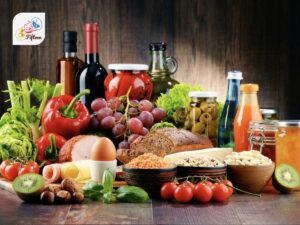
Ingredients
Beverages consist of water and various optional ingredients, such as sweeteners, alcohol, caffeine, nutrients, etc. Therefore, most beverages count toward fluid intake as long as they don’t contain alcohol.
Since water is a fundamental component of all beverages, there are no beverages that don’t contain water.

Beverages and Fasting
Beverages aren’t considered food, but many options can be quite high in calories. In terms of fasting, people often only allow beverages with few calories, such as unsweetened drinks.
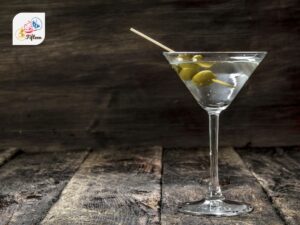
American Beverages
Many world-famous beverages, especially soft drinks and soda, were invented by Americans. Examples include Coca-Cola, Pepsi, old fashioned, and martini.
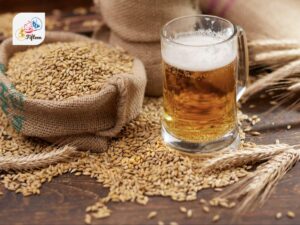
Gluten Content
Most beverages are inherently gluten-free, even alcoholic beverages brewed or distilled from cereal grains. However, these beverages may get contaminated with gluten, so careful research and discretion are still necessary.

Pet Suitability
Most pets can’t consume beverages since added sugar, salt, and flavorings can wreak havoc with their digestive systems; water and, in some cases, milk are the only suitable drinks for them.
Along with the variety of foods, beverages add to the culinary richness with their distinctive characteristics. These features also form the basis for categorizing different types of beverages. Next, I will tell you about the most universal categories and types of beverages to expect.
What Are Common Types of Beverages?
Beverages come in two major categories: alcoholic and non-alcoholic beverages. Each category can be further divided into more specific types of beverages.
I will give you an overview of the prominent features of those two categories.
What Are Alcoholic Beverages?
Alcoholic beverages, also known as adult beverages or strong drinks, are drinks that contain a considerable amount of ethanol (a type of alcohol).
The percentage of ethanol varies from place to place due to legal or cultural reasons, but a minimum of 3% ethanol by volume is a common threshold in many contexts.
In most countries, there are strict rules regarding the sales and consumption of alcoholic beverages. Only adults are allowed to drink alcoholic beverages, and excessive drinking can lead to dire health complications.
Below are popular types of alcoholic beverages around the world.
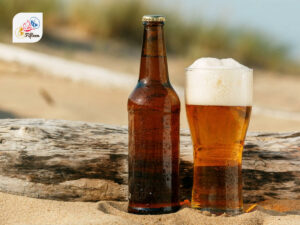
Beer
Beer is made by fermenting malt (partially cereal grains), brewing it, and flavoring it with hops. There are two main categories of beer: lagers and ales.

Wine
Wine is produced by fermenting grapes or other fruits.

Spirit
Spirits are distilled alcoholic beverages that contain a higher alcohol content than beer or wine. They are often synonymous with liquors.
A shot, alternatively known as a shooter, is a small serving of a spirit or a mixed drink that somebody drinks in one gulp.
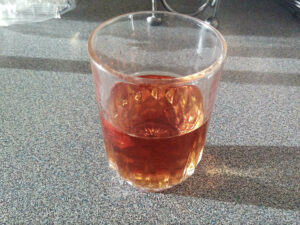
Liqueur
Liqueurs are a sweeter and more aromatic version of spirits. They are made by adding sugar or syrup, herbs, fruits, and essential oils to distilled liquors.
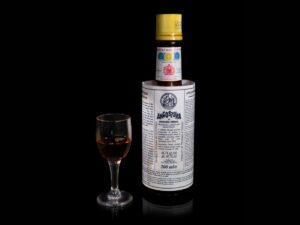
Bitters
Bitters are alcoholic beverages made of spirits, spices, herbs, roots, and other types of botanical matter. They have a bitter or bittersweet taste and are often used in flavoring cocktails.
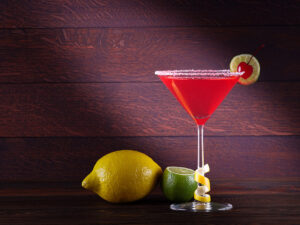
Cocktail
Cocktails are mixed alcoholic drinks that combine spirits with other beverages and optional solid ingredients.
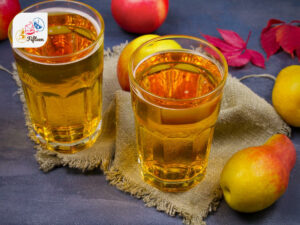
Cider
Cider is an alcoholic beverage made from the fermented juice of apples.
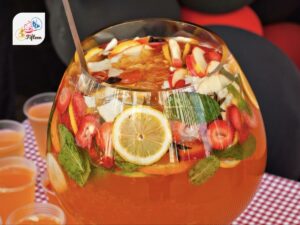
Punch
Punch is a beverage consisting of fruit juices, fruit pieces (optional), spices, carbonated beverages, and spirits. Punch is often classified as a type of mixed drink, and non-alcoholic beverages are also very popular.
What Are Non-alcoholic Beverages?
Alcoholic beverages, also known as adult beverages or strong drinks, are drinks that contain a considerable amount of ethanol (a type of alcohol).
The percentage of ethanol varies from place to place due to legal or cultural reasons, but a minimum of 3% ethanol by volume is a common threshold in many contexts.
In most countries, there are strict rules regarding the sales and consumption of alcoholic beverages. Only adults are allowed to drink alcoholic beverages, and excessive drinking can lead to dire health complications.
Below are popular types of alcoholic beverages around the world.
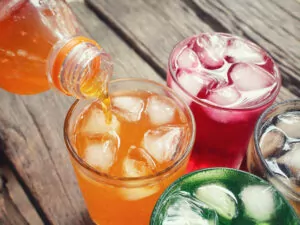
Soft Drink
Soft drinks are an umbrella term for any flavored non-alcoholic beverages. However, they often stand for carbonated beverages.
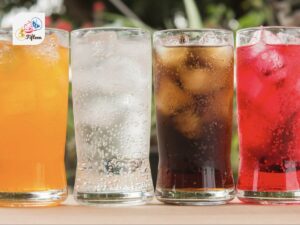
Carbonated Beverages
Carbonated beverages have carbon dioxide dissolved in the liquid to give them bubbles and a fizzy taste. They have many alternative names, such as fizzy drinks and sodas.
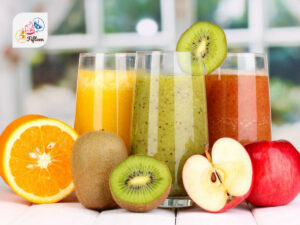
Juice
Juices are prepared by extracting or pressing the liquid inside fruits or vegetables.
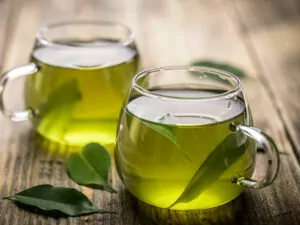
Tea
Tea is made by steeping fresh or dried leaves harvested from the tea plant (Camellia sinensis) in hot water.
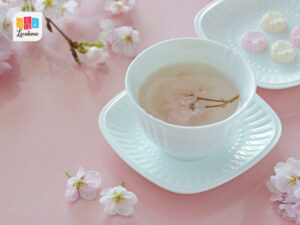
Herbal Tea
Herbal tea is prepared in the same manner as tea, but its ingredients include many types of plants and herbs.
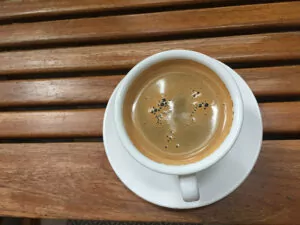
Coffee
Coffee is brewed from the roasted and ground coffee beans.
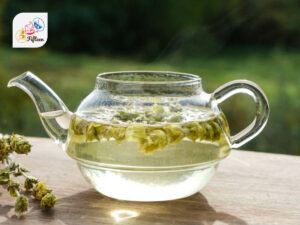
Infusion
Infusions are beverages made by soaking plants, herbs, or fruits in hot or cold water to extract their flavor.

Sports Drink
Sports drinks are beverages rich in electrolytes and minerals. They are designed for athletes and those engaging in physical activity.

Energy Drink
Energy drinks are beverages rich in caffeine, vitamins, and minerals. They are mainly consumed for a quick energy boost.
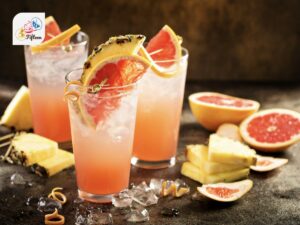
Mocktail
Mocktails are non-alcoholic versions of popular cocktails.
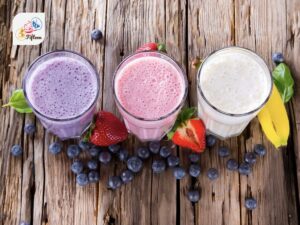
Smoothie
Smoothies are beverages made by blending fresh fruits and vegetables with extra ingredients, such as dairy.
Many alcoholic and non-alcoholic beverages listed above are the most common types of drinks that people enjoy around the world. Some cuisines are more into beer and wine, while others prefer soft drinks and similar alcohol-free beverages.
Let’s consider the case of beer. In the next section, I will look at the countries that consume the most beer per head.
Which Countries Consume the Most Beer Per Capita?
In 2022, the Kirin Holdings Company conducted a poll about the volumes of beer consumed worldwide. In terms of beer consumption per capita, the following 10 countries ranked at the top.
Next, let’s consider the similar ranking for wine consumption.
Which Countries Consume the Most Wine Per Capita?
According to a report by World Population Review, which is based on data from 2020, here are the 6 countries that consumed the most wine per person.
Continue reading to discover the figures about coffee consumption worldwide.
Which Countries Consume the Most Coffee Per Capita?
A 2020 article on WorldAtlas identified the 10 countries below as the world’s heaviest coffee drinkers on a per-person basis.
Have you ever asked yourself what makes beverages different from drinks? Wonder no more because the answer is coming up next.
Beverages vs. Drinks: What Are the Differences?
In short, a beverage is a drink, but a drink isn’t necessarily a beverage. The table below will show you the distinctions between these two concepts in terms of definition, types, context, varieties, and association with meals.
Beverage
Drink
As you can see, beverages are usually a more sophisticated version of drinks, with more complicated preparation techniques and ingredients. Fruits appear in many beverages, so let’s learn more about them.
What Are Popular Fruits for Preparing Beverages?
You’re about to discover fruits with the most widespread applications in beverage preparation worldwide. These options are wonderful for making smoothies, juices, cocktails, and more.
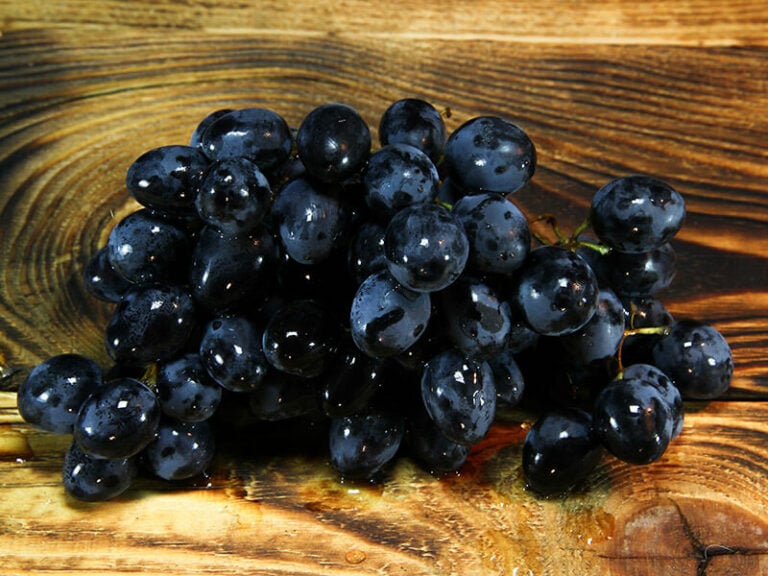
Grape
Besides being an essential ingredient in wines, grapes are also great for making cocktails and various alcohol-free drinks.
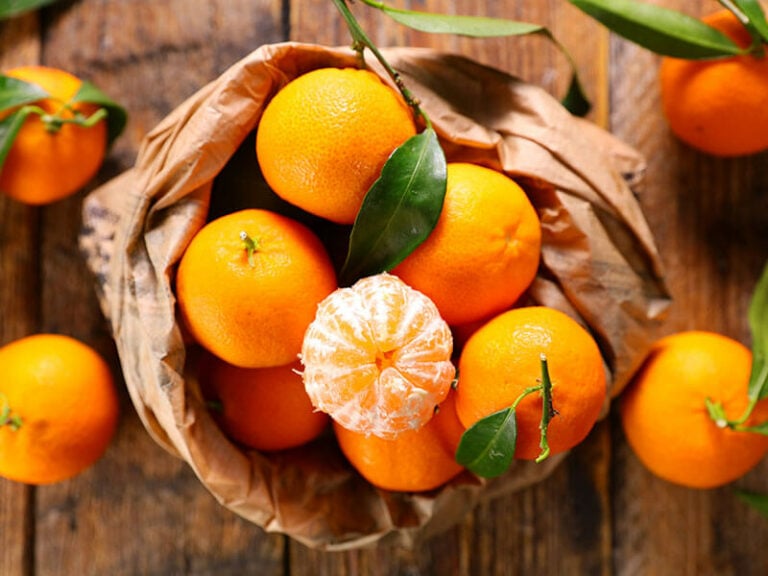
Citrus Fruit
Lemons, limes, oranges, and grapefruits are classic choices for beverages due to their vibrant flavors. They are commonly used in smoothies, juices, cocktails, and mocktails.
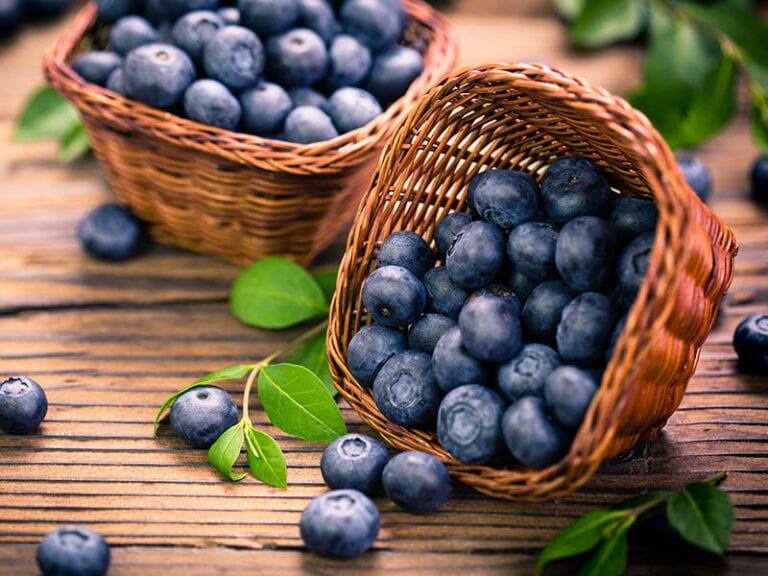
Berry
Strawberries, blueberries, raspberries, and blackberries add vibrant colors and rich flavors to drinks, from smoothies to punches and cocktails.
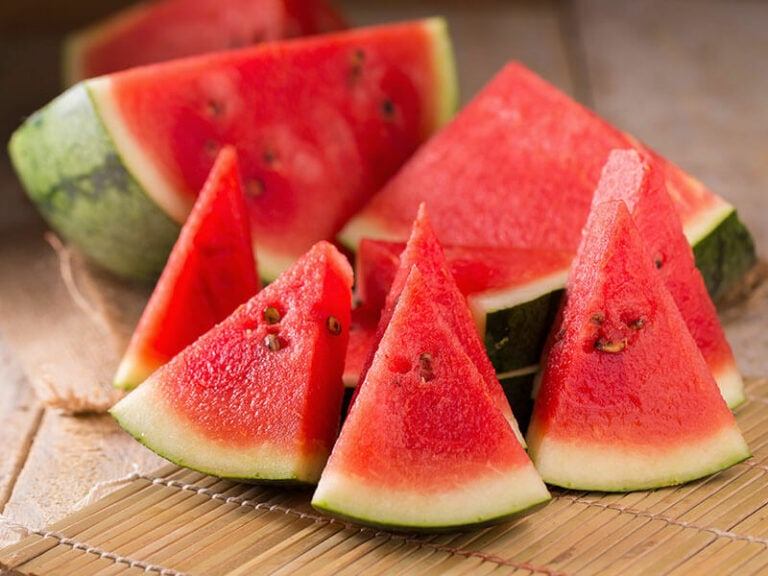
Watermelon
With a high water content and sweet, refreshing taste, watermelons are excellent for making hydrating summer drinks.
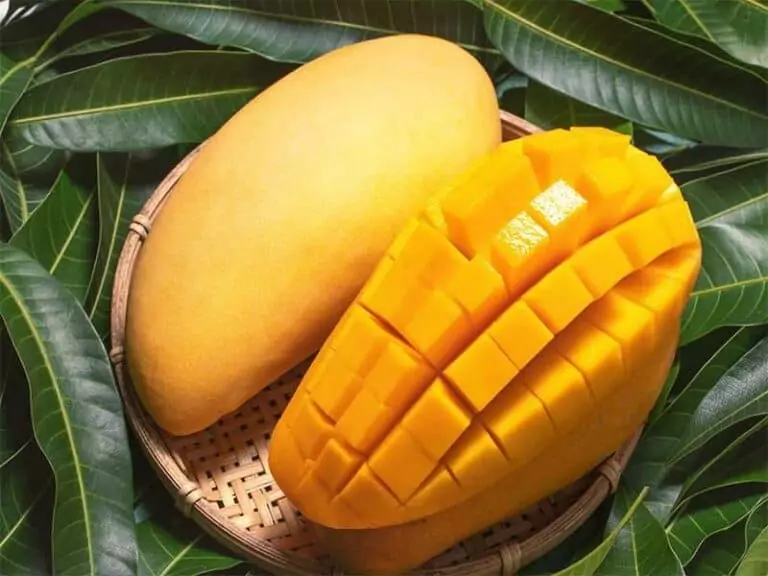
Mango
Like pineapples, sweet and creamy mangoes are a common sight in tropical drink delights.
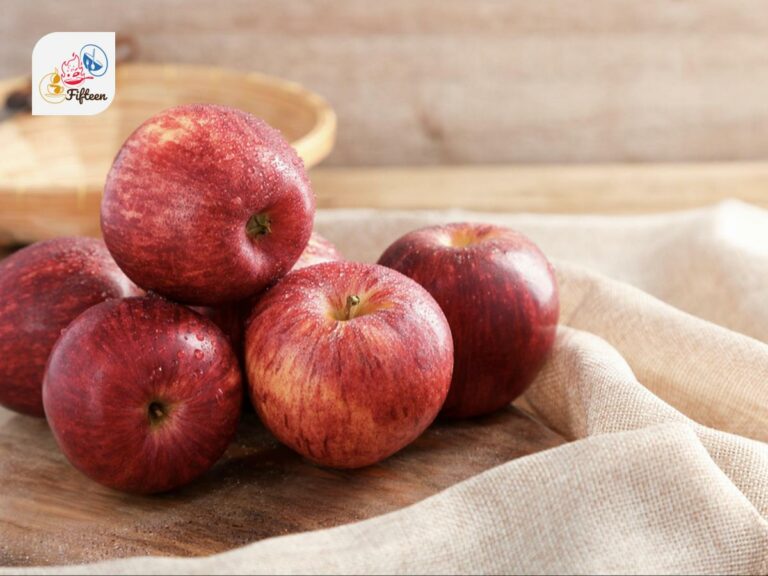
Apple
Apples offer a range of sweet and tart flavors, making them essential for juices, ciders, and cocktails.
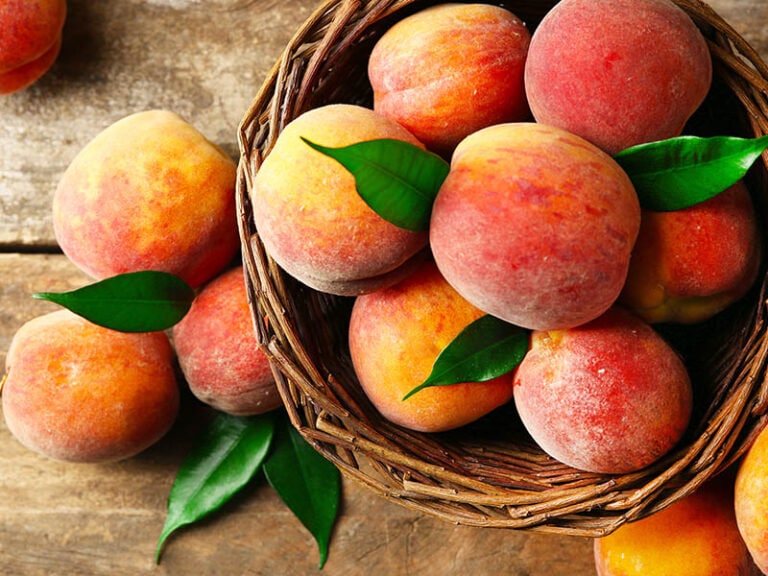
Peach and Nectarine
Offering sweet and floral notes, peaches and nectarines are excellent in iced teas and other light beverages.
In the next section, I will cover how vegetables are used in making beverages around the world.
What Is the Importance of Vegetables in Beverages?
When it comes to making beverages, vegetables play several prominent roles, which will be discussed right away.
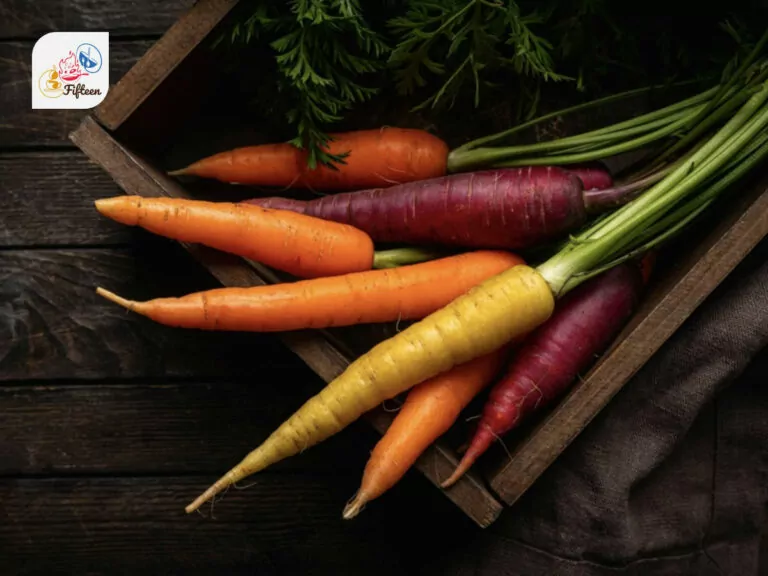
Vegetable Juice
One of the most straightforward uses of vegetables in beverages is making juices. Carrots, beets, celery, tomatoes, and spinach are popular choices.
These vegetable juices can be consumed on their own or mixed with fruits to enhance flavor and nutritional value.
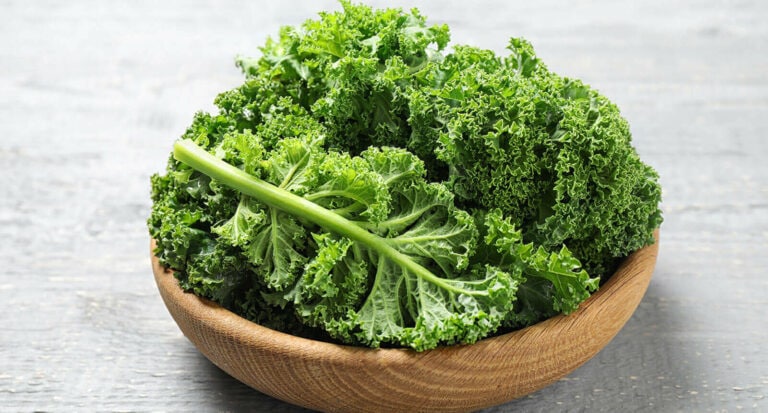
Smoothie
Vegetables are a key ingredient in many smoothie recipes. Leafy greens like kale and spinach are perfect for this type of drink, though other vegetable types also make excellent options.
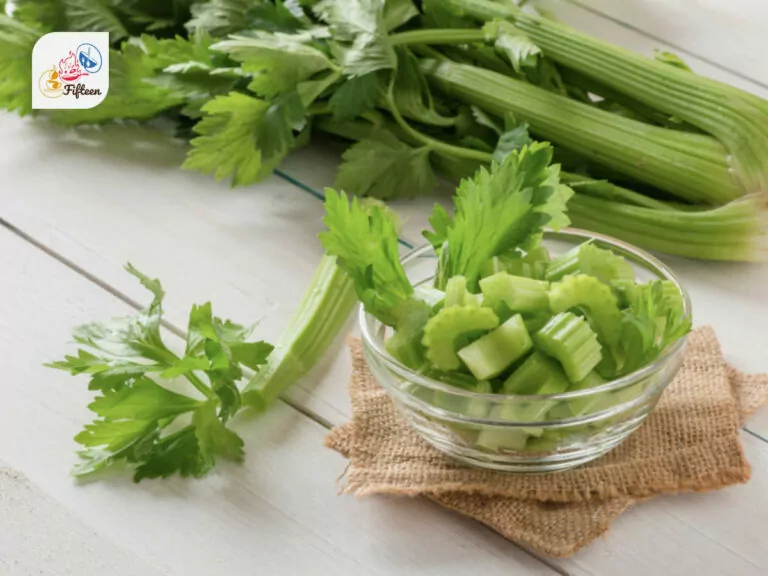
Infusion
Cucumbers and celery are common vegetables used to infuse water, adding a refreshing taste. Many similar detoxing beverages also feature vegetables.
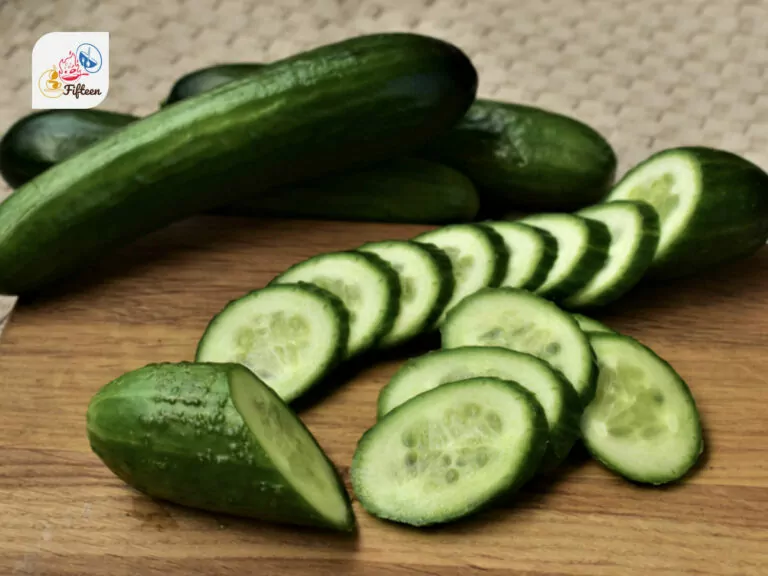
Cocktail and Mocktail
In modern mixology, ingredients like cucumbers, bell peppers, and even chili peppers have found their way into unique cocktails and mocktails.
Many preparation methods have been developed and utilized to turn vegetables, fruits, and other ingredients into delicious beverages. The next section will look at the most popular techniques.
What Are Popular Ways to Prepare Beverages?
Below is a list of the most common preparation methods to create various recipes of beverages worldwide, complete with definitions and the types of beverages best suited for each technique.
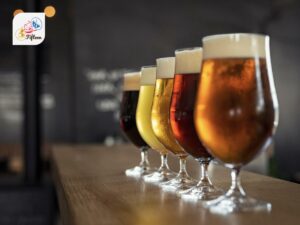
Brewing
Brewing is a process primarily used for making beer, tea, and coffee. It involves extracting the flavors and active compounds from ingredients by soaking them in water.
Beer brewing includes the fermentation of grains, whereas tea and coffee brewing is about steeping the leaves or grounds in hot water.
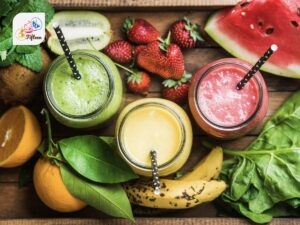
Blending
Blending involves mixing various ingredients, such as juices, fruits, dairy products, or liquids, to create smoothies, cocktails, or other mixed drinks. People often use a blender or food processor for this task.
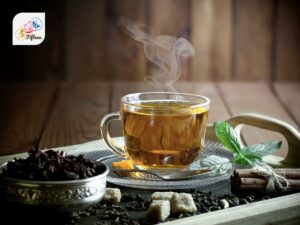
Steeping
Steeping is commonly used for making tea, herbal infusions, and coffee. People soak solid ingredients, such as tea leaves, herbs, or ground coffee, in hot water without boiling and remove the solids after a certain period.
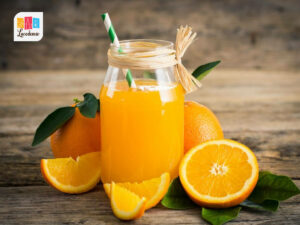
Juicing
Juicing means extracting the liquid content from fruits and vegetables manually or with the help of a juicer.
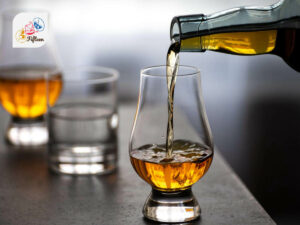
Distilling
Distilling is an important part of the production of alcoholic spirits like whiskey, rum, and vodka. The process starts with heating a liquid to create vapor before cooling the vapor to produce a liquid with a higher alcohol concentration.
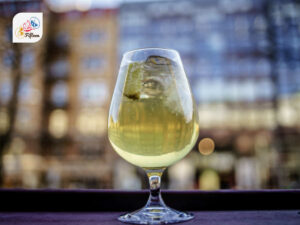
Fermenting
Fermentation produces chemical changes in organic substrates through the action of enzymes. This technique is essential in making various alcoholic beverages (such as beer, wine, and cider) and certain fermented non-alcoholic drinks.
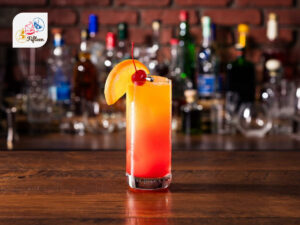
Assembling
Assembling refers to the process of mixing two or more ingredients to create a drink. This concept includes many other techniques, such as stirring, shaking, layering, and muddling (crushing).
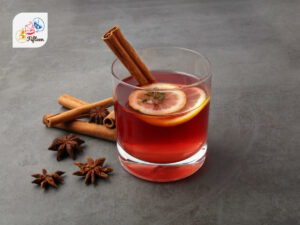
Boiling
Many beverages require the boiling of the ingredients in water or other liquids. Some examples are soy milk (in which soybeans are boiled in water) and mulled wine (in which spices are boiled or simmered in wine).
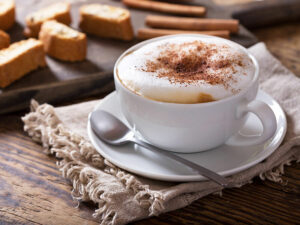
Steaming
Steaming is often used to heat or froth milk for coffee drinks like lattes and cappuccinos.
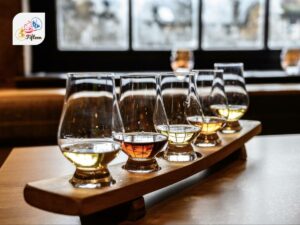
Curing
In beverage preparation, curing sometimes refers to the aging process of aged liquors and flavored spirits.
Next, I will look at the roles beverages play in cultural, economic, religious, and other aspects of human life.
What Is the Significance of Beverages?
Here is an overview of the most important roles of beverages in all aspects of life.
Health and Well-being
Beverages are crucial for maintaining hydration and ensuring the normal functions of the body. Nutritious beverages, such as milk and fruit juices, are reliable sources of vitamins, minerals, and other nutrients.
Moreover, many cultures attribute medicinal and healing properties to specific beverages, especially traditional drinks made with herbs or botanicals like herbal tea and herbal liqueurs.
Social Connection and Hospitality
Beverages like tea, coffee, and alcohol serve as central elements in social gatherings in many countries. They symbolize hospitality, facilitate conversation, and strengthen connections between friends, family members, neighbors, and even strangers.
Rituals and Ceremonies
From wine in Christian communions to tea in traditional Chinese tea ceremonies, many traditional beverages are integral to both religious ceremonies and secular celebrations.
Cultural Identity and Heritage
Many countries have iconic or national beverages that embody their cultural identity and heritage. Such beverages reflect a country’s history, geography, and culinary influences.
Economic and Social Status
The choice of beverage can signify economic or social status. For instance, the consumption of expensive or imported beverages, such as fine wine, symbolizes the wealth and high status of their owners in many social settings.
Now that you know so much about beverages, let’s seek the best food and drink pairings in the next section.
What Are the Tips for Pairing Beverages and Dishes?
Food and drink pairings play a significant role in improving the sensory experience of both components. Suitable beverages can enhance or balance the flavors, textures, and aromas of a dish.
This task requires certain know-how. Accompanying beverages with the right dishes is an art, and I will show you everything you need to know to have the best pairings.
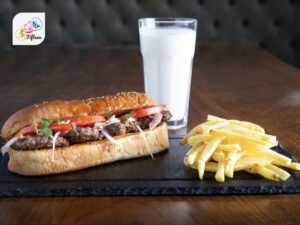
Tastes and Textures
Identify the dominant taste and texture in your dish and choose a drink that pairs well with that particular element. For instance, creamy dishes might pair well with a creamy drink.
You can also use contrasting flavors to create a balance, such as pairing a spicy dish with a sweet wine or a creamy yogurt-based beverage to tame the heat.
However, bear in mind that your choice of dish and beverage shouldn’t overpower each other.
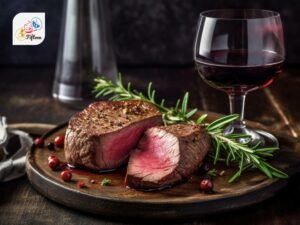
Weight
“Weight” refers to the “body,” meaning the richness, texture, and viscosity of alcoholic beverages (especially wine), and how it feels in your mouth.
Matching the weight of the wine with the weight of the dish is the key to perfect pairings. For example, you should serve heavier, richer dishes, like steak or stew, with full-bodied red wines or dark beers and vice versa.

Acidity
High-acid wines or tangy beverages pair well with rich and savory dishes since the acidity in the drink can cut through the richness of the food and cleanse the palate.
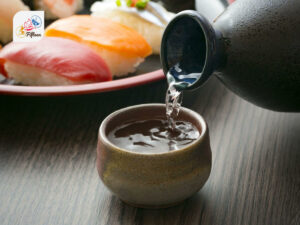
Regional Pairings
When in doubt, pair food with drinks from the same region or culture. These options have evolved together over centuries and are bound to result in perfect matches.

Street Beverage Pairings
If you enjoy street food, remember to explore nearby vendors for the best street drinks. These food and drink pairings often complement each other perfectly.
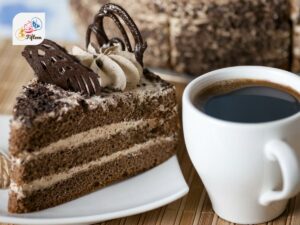
Dessert Pairings
People usually enjoy desserts with sweet beverages, from wine to soda and fruit juices.
Do you find this guide on beverages informative? Tell me what you think in the comment section; I highly value your feedback. And don’t forget to share this post with your friends!


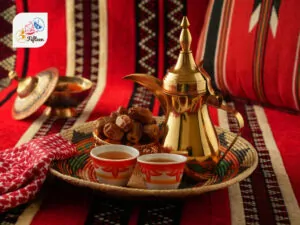
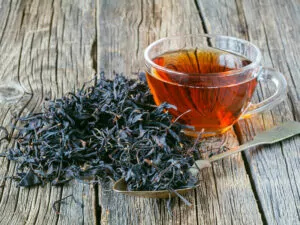
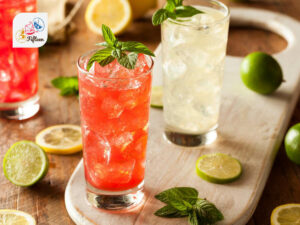
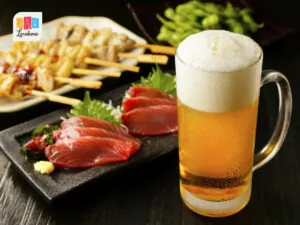
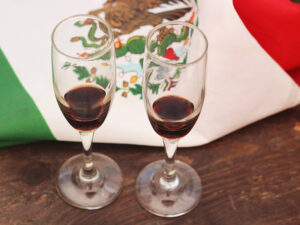
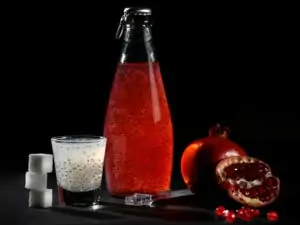
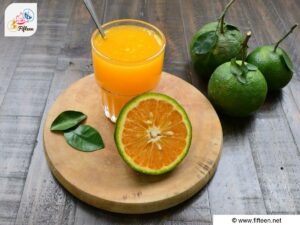
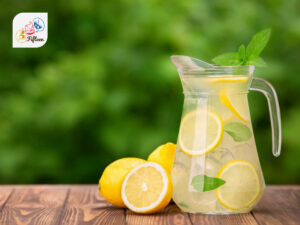
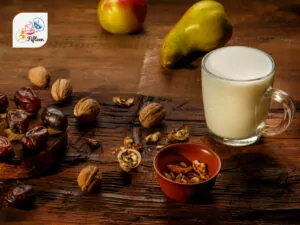
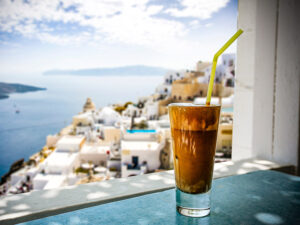
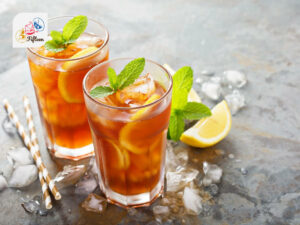
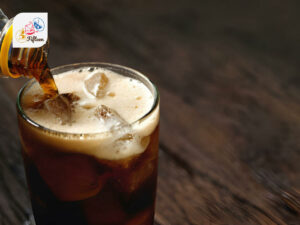
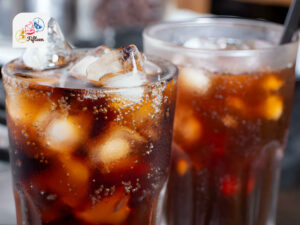
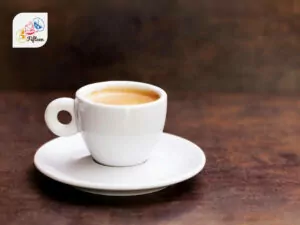
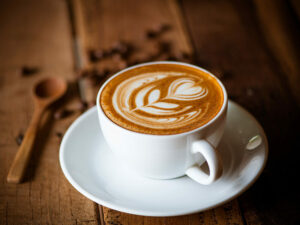
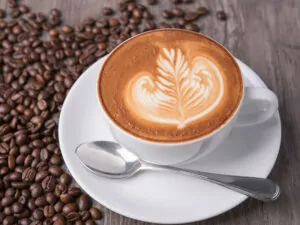
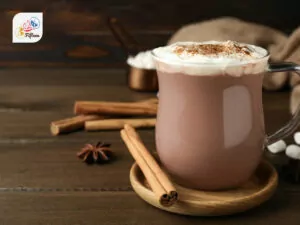
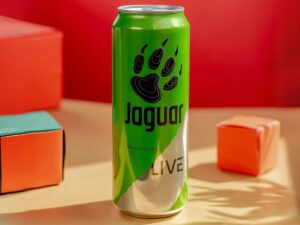
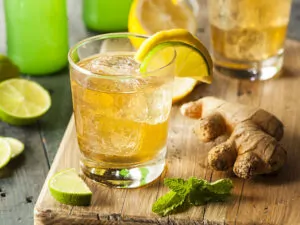
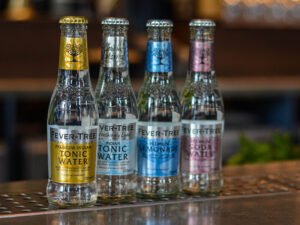
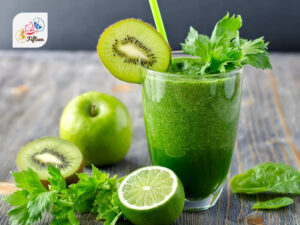
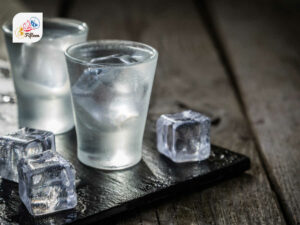

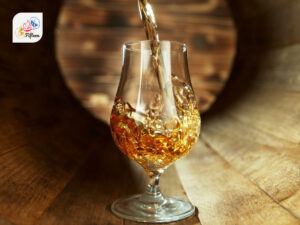
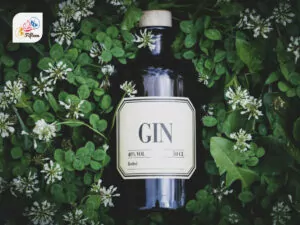
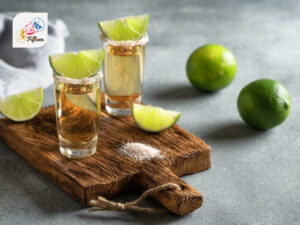
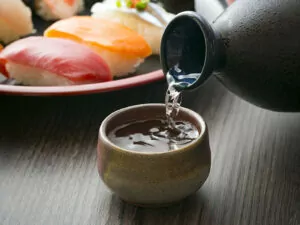
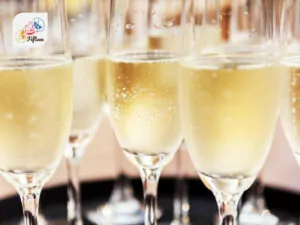
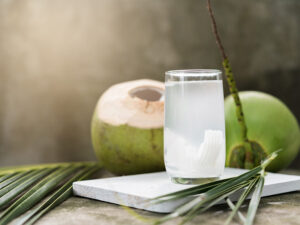
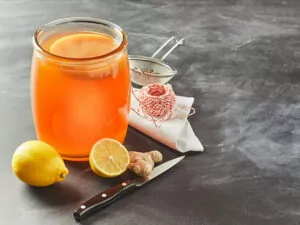
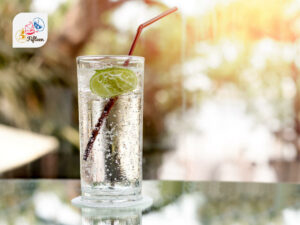
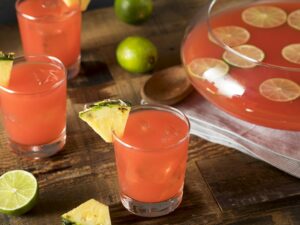
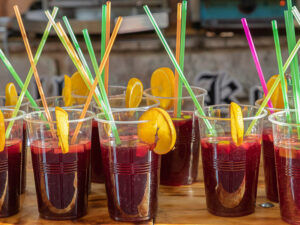
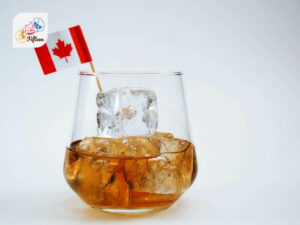
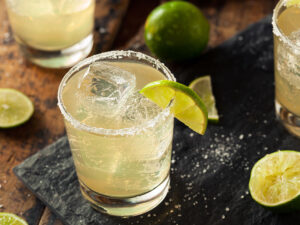
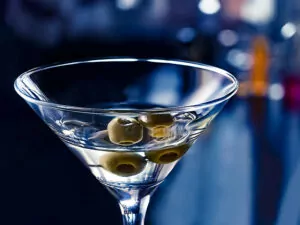
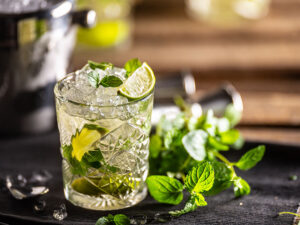
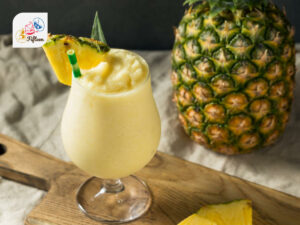
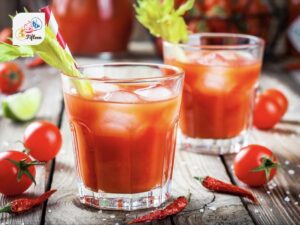
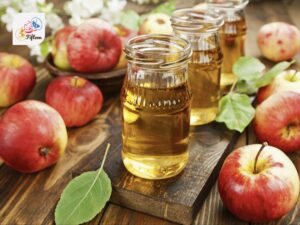

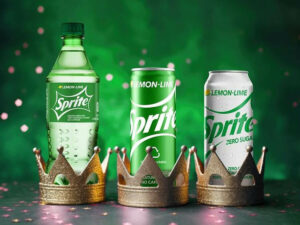
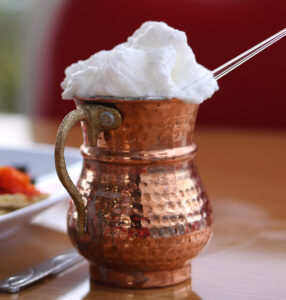
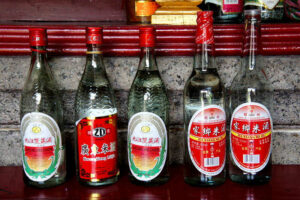
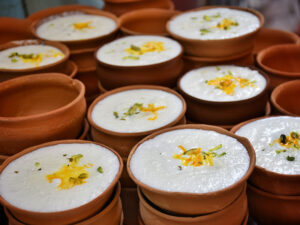
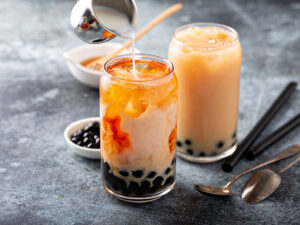
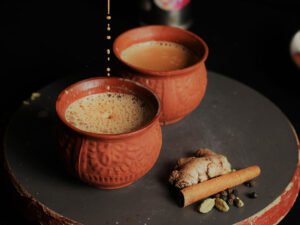
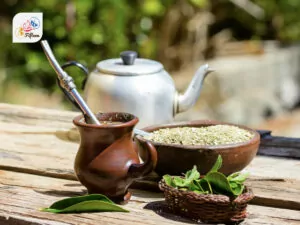
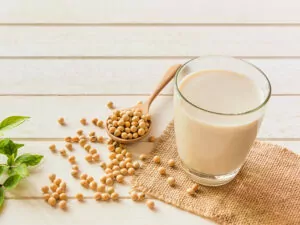
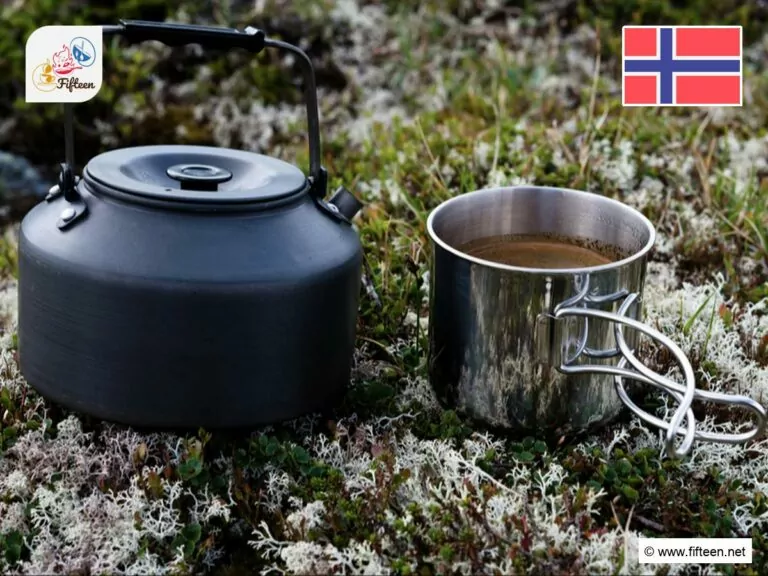
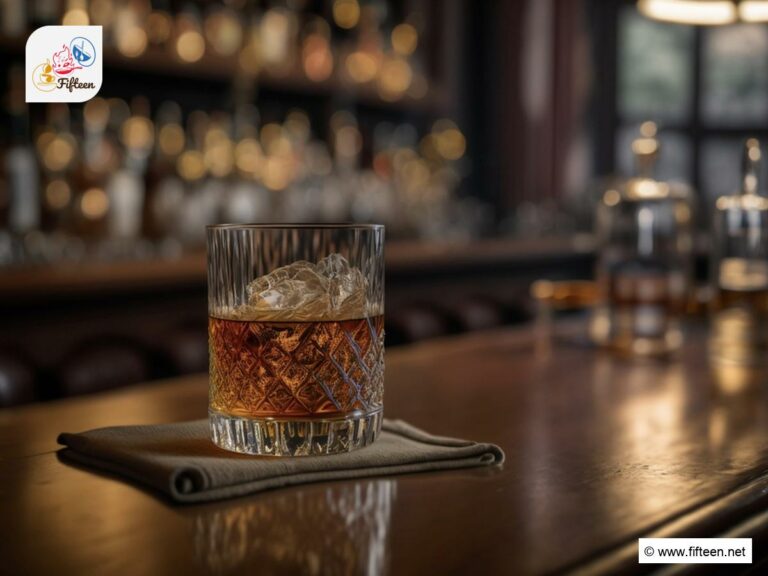
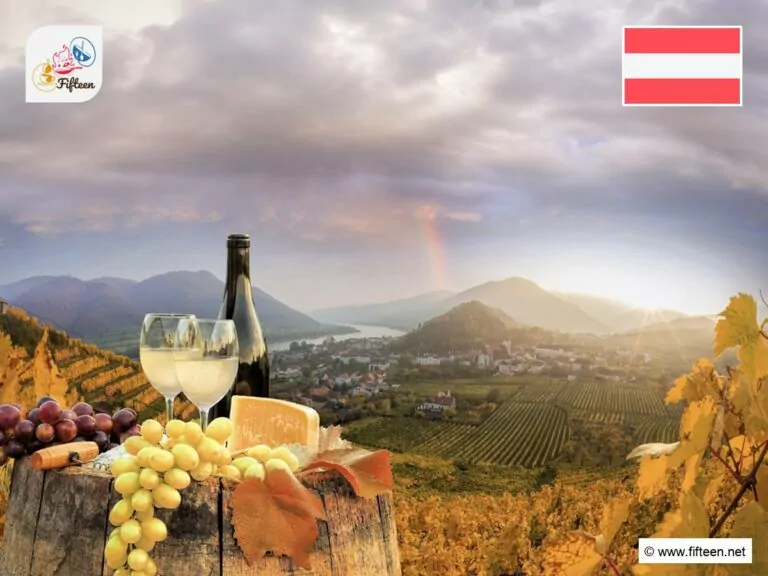
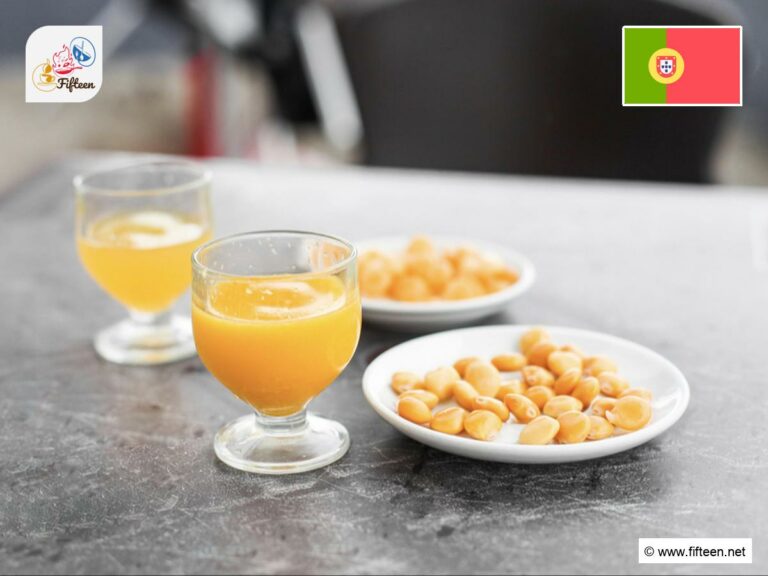

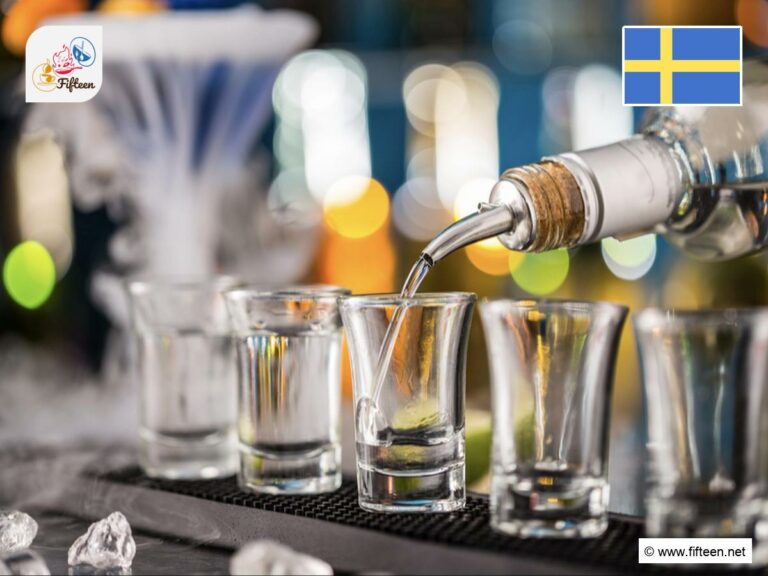
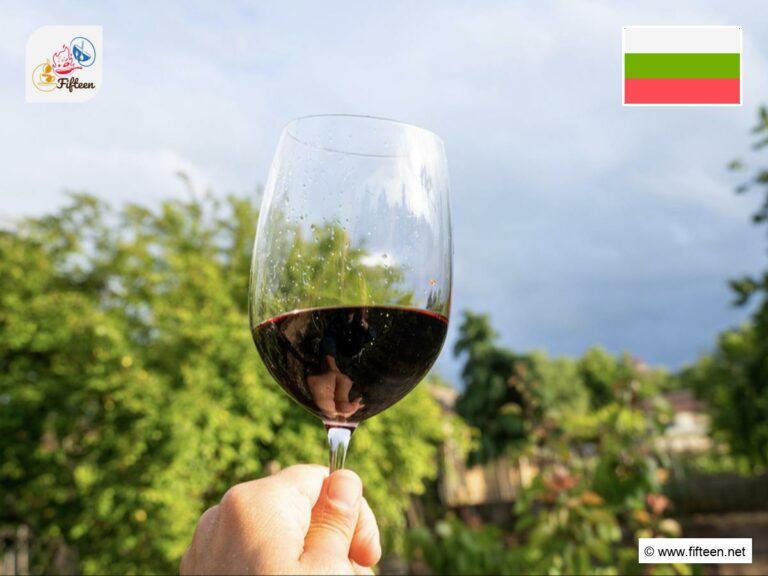
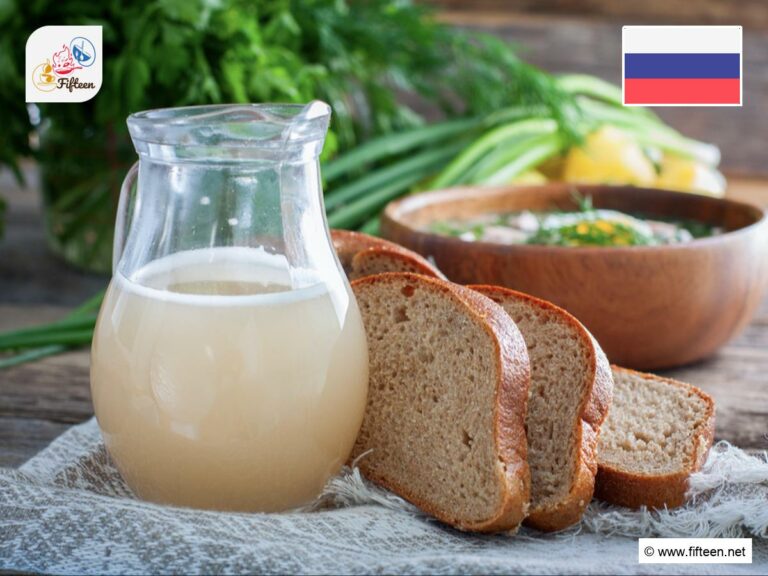
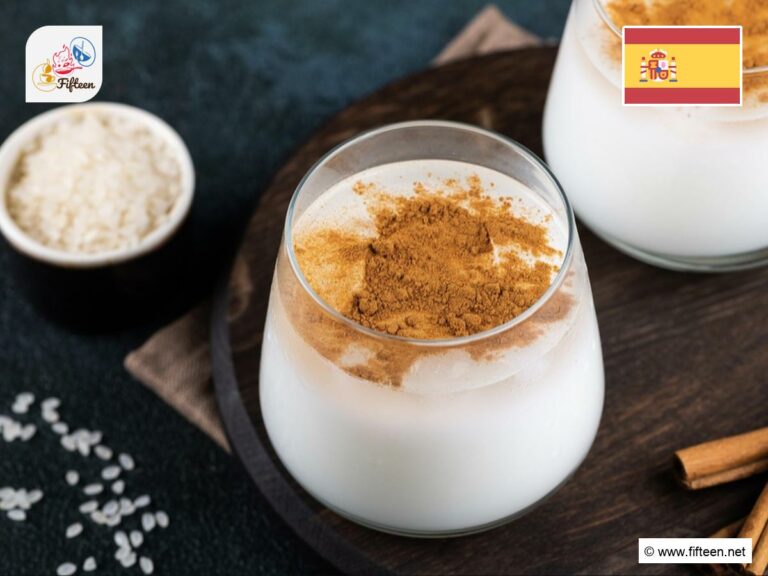
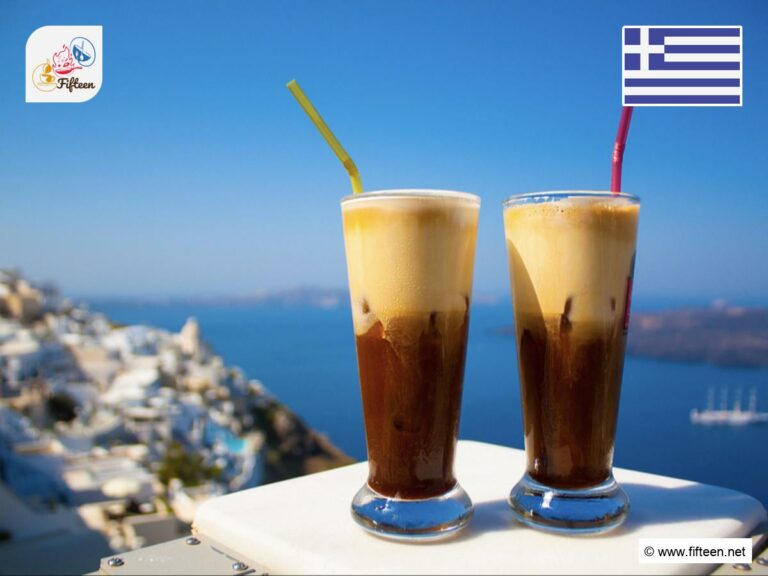
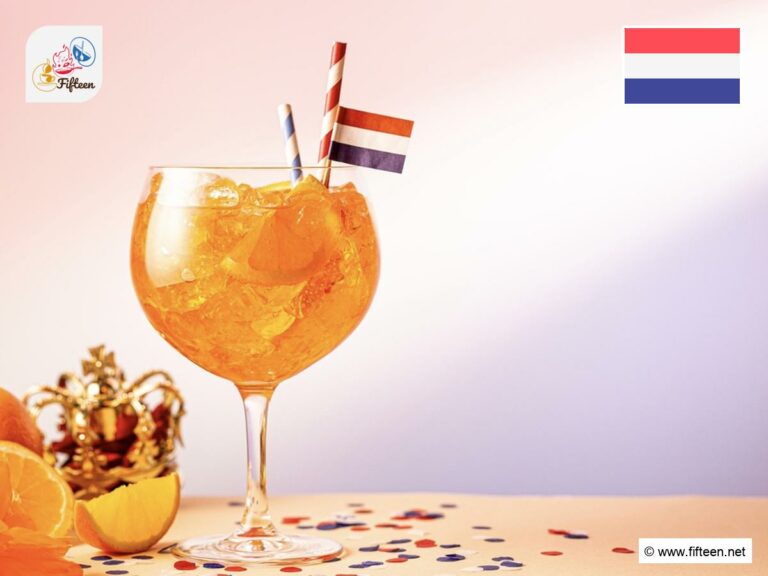
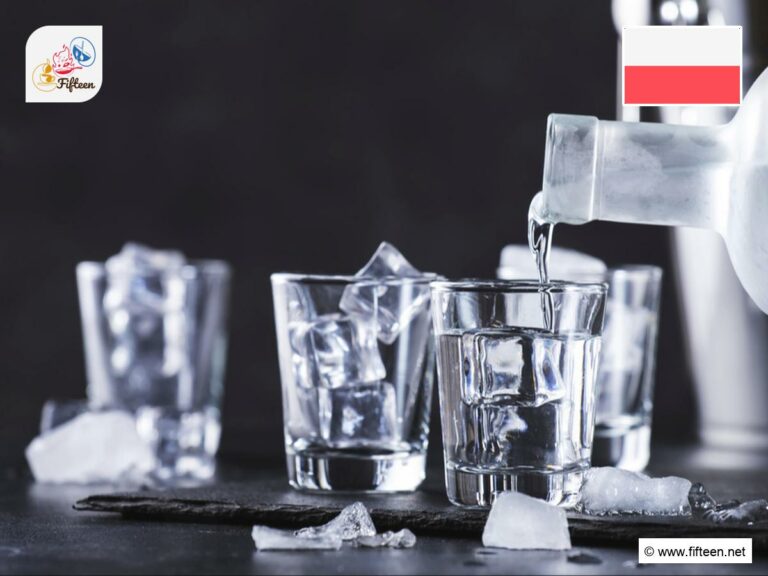
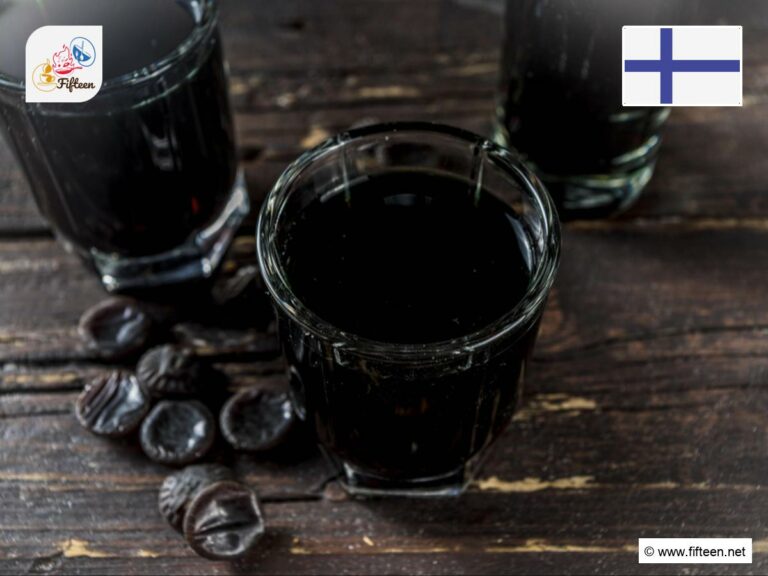
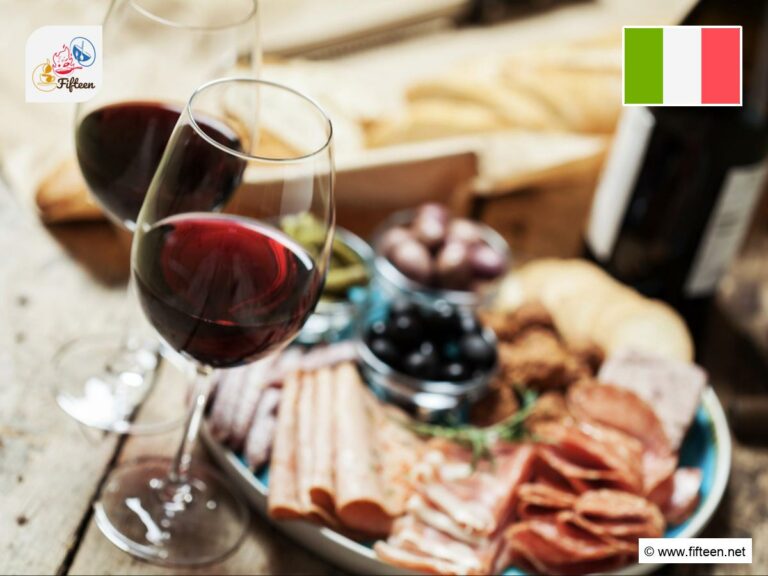
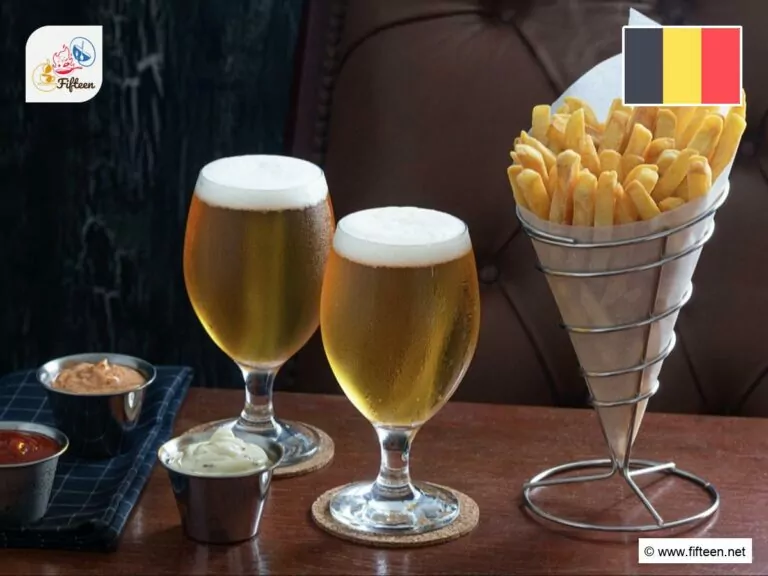
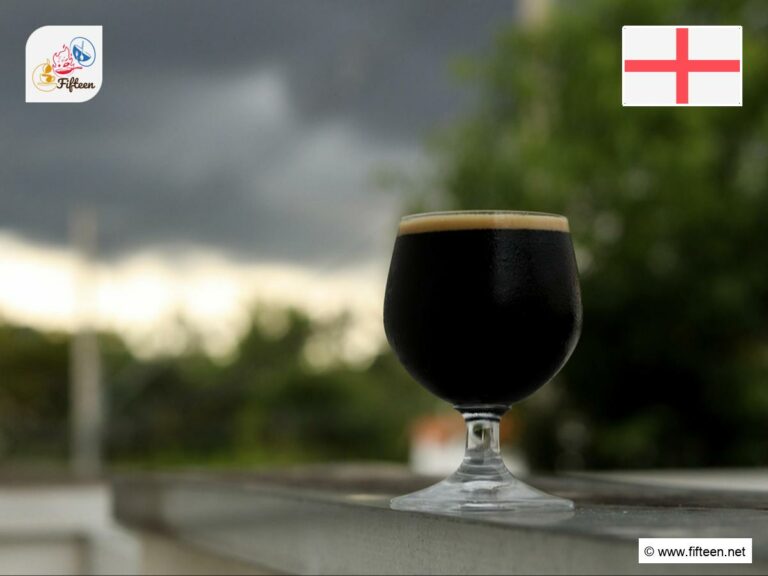
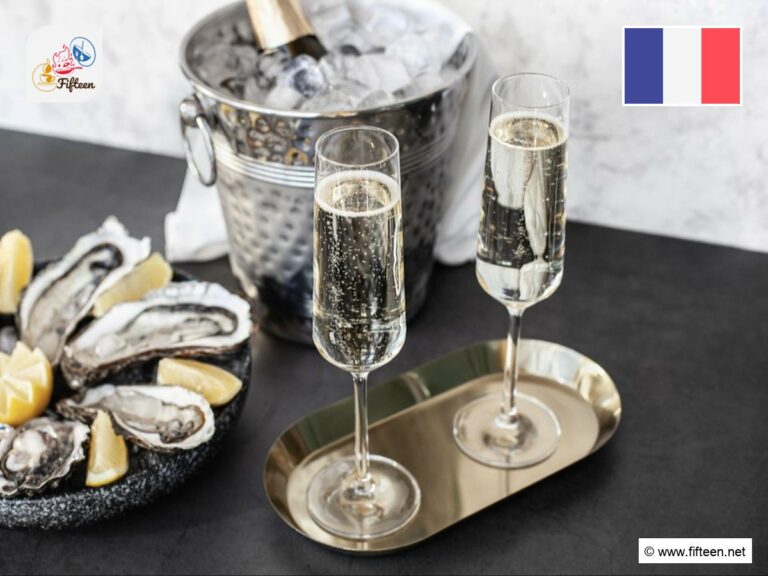
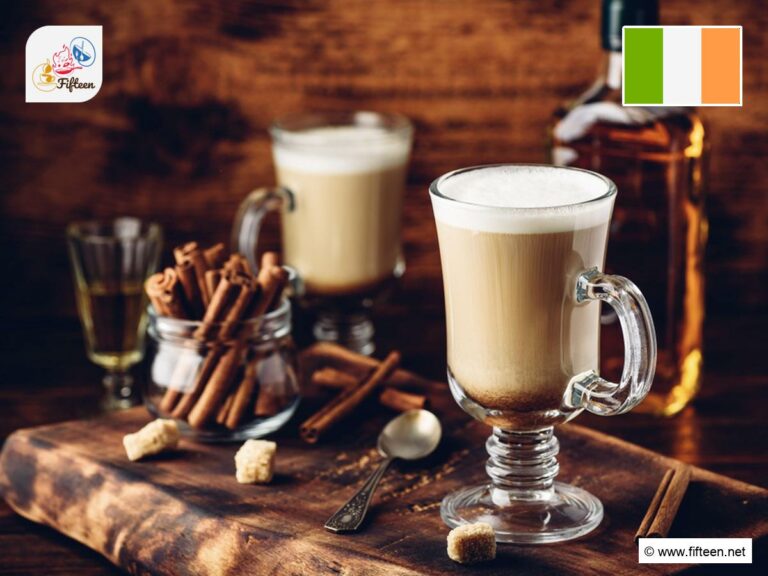
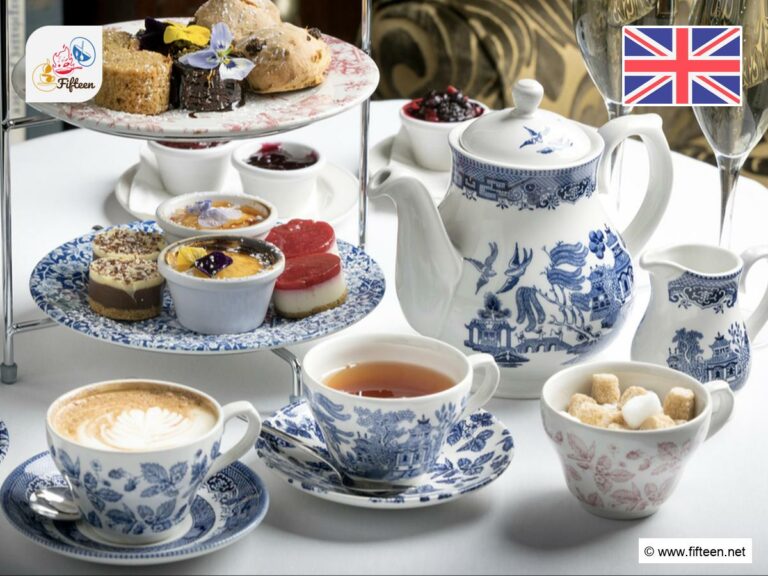
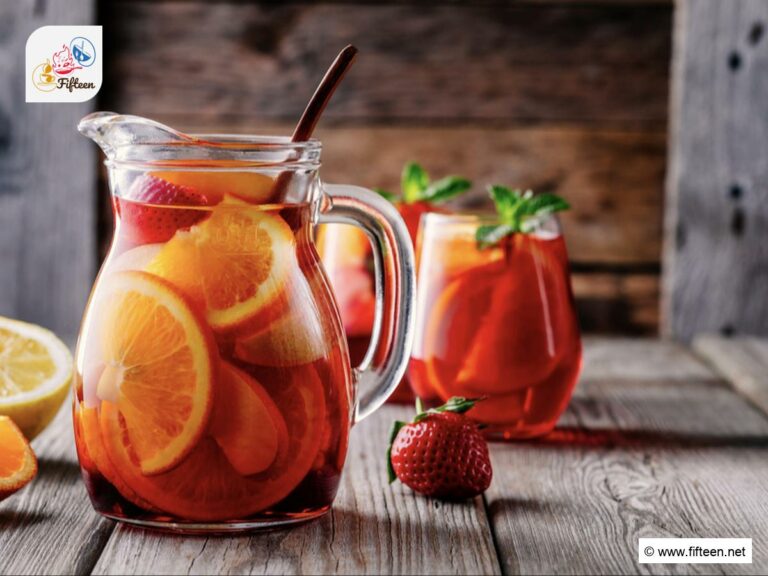
Jamie Scott
Editor in Chief, Senior Content Writer
Expertise
Home Cooking, Meal Planning, Recipe Development, Baking and Pastry, Food Editor, Cooking-video Maker, Western Food Evaluation Expert
Education
Le Cordon Bleu College of Culinary Arts
Local Community College, New York, NY
Jamie Scott is a skilled culinary expert and content creator specializing in Western cuisine. With over 15 years in the culinary field and formal training from Le Cordon Bleu, Paris, Jamie deeply understands how to blend nutrition with delicious flavors. His passion for cooking matches his commitment to making healthy eating accessible and enjoyable.
On Fifteen.net, Jamie brings a fresh perspective to classic dishes and beverages, offering readers insightful recipes, cooking tips, and a fresh view on meal planning that emphasizes taste, health, and simplicity.